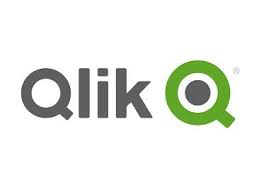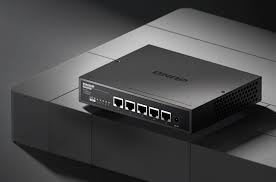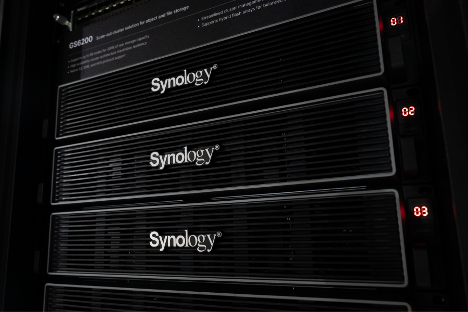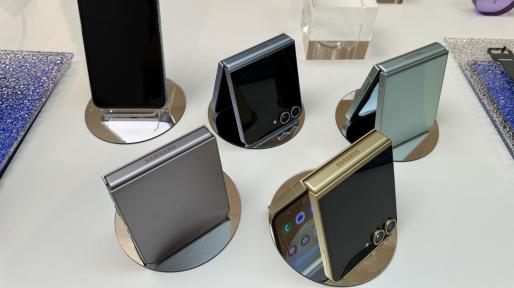Indian Smartphone Market Grew 7% YoY in 1H24, Reaching 69 Million Units: IDC
According to the International
Data Corporation ’s (IDC) Worldwide
Quarterly Mobile Phone Tracker, the Indian smartphone market shipped
69 million smartphones in 1H24, with 7.2% growth YoY (year-over-year). In 2Q24,
the market shipped 35 million smartphones, with growth of 3.2% YoY. Although it
is the fourth consecutive quarter of YoY shipment growth, muted consumer demand
and rising ASPs continue to restrict swift annual recovery.
“The
latter half of the second quarter is a prelude to the crucial second half of the
year with festive sale period going up till November. Apart from old inventory
clearance in the first half of the quarter, vendors also started to launch new
smartphones, especially in the mid-premium/premium segment (mostly China-based
vendors) from mid-quarter onwards, for monsoon sales in July and August,” said Upasana Joshi,
Senior Research Manager, Devices Research, IDC India.
Key
Highlights for 2Q24:
•
Smartphone ASPs (average selling price) grew by 2.8% YoY; however, they
declined QoQ by 5.6%, at US$248.
-
The entry-level (sub-US$100) segment witnessed a strong decline of 36% YoY to
14% share, down from 22% a year ago. Xiaomi continued to lead this space,
followed by Poco and realme.
-
Shipments to the mass budget (US$100<US$200) segment grew by 8% YoY, with a
marginal increase in share to 44% from 42%. The top 3 brands were Xiaomi,
realme and vivo, making up 60% of this segment.
-
The share of entry-premium (US$200<US$400) segment reached 30%, up from 22%
and registered highest growth of 42% YoY. OPPO, vivo and Samsung gained a
significant share compared to the previous quarter, making up almost 60% of
this segment.
-
The mid-premium segment (US$400<US$600) segment declined by 25% in unit
terms to a 4% share, down from 5% a year ago. vivo the major gainer, led with a
25% share, followed by OnePlus and OPPO.
-
The premium segment (US$600<US$800) held 2% share and declined by 37% in
unit terms. Key models were the iPhone 13, Galaxy S23FE, iPhone 12 and
OnePlus12. Apple’s share increased YoY to 61%, while Samsung’s share increased
to 24%, from 21% a year ago.
-
The super-premium segment (US$800+) momentum continued with 22% growth and its
share up from 6% to 7%. The iPhone15/15 Plus/14/14 Plus together accounted for
77% of shipments, followed by the Galaxy S24/S24 Ultra with an 11% share.
Overall, Apple led the segment with a share of 83%, followed by Samsung at 16%.
-
27 million 5G smartphones were shipped in the quarter, the share of 5G
smartphone shipments increased to 77%, up from 49% in 2Q23, while 5G smartphone
ASPs declined by 22% YoY to US$293. Within 5G, shipments of the mass budget
(US$100<US200) segment grew by 2.5x to reach 45% share. Xiaomi’s Redmi 13C,
OPPO’s F25 Pro, realme’ s 12x, Xiaomi’s Redmi 12 and realme’ s C65, were the
highest shipped 5G models in 2Q24,
•
Shipments to online channels grew by 8% YoY, and its share increased to 50% in
2Q24 compared to 47% in 2Q23. Motorola entered the top five vendor list in the
online channel, at the fourth slot, while vivo climbed to the second slot, led
by its T series models. Due to severe heatwave conditions in major parts of
India, offline channel shipments declined by 2% YoY in 2Q24.
•
Overall, vivo continued to lead for the second consecutive quarter, with
multiple launches across price segments through the Y series, mid-premium V
series and flagship X Fold 3 Pro. Motorola registered the highest growth backed
by product portfolio across price segments, while Nothing witnessed the
second-highest growth amongst all other brands.
“The
premiumization trend in the smartphone market, led by Apple and Samsung,
coupled with rising device costs is motivating China-based brands to expand
beyond the mass segment. The entry-premium segment (US$200<US$400) is
expected to see healthy growth, while the entry-level (sub-US$100) will remain
challenged at least this year despite efforts around launching affordable 5G
smartphones. Also, the marketing around GenAI smartphones will be more
pronounced, amid heavy promotional activities around it," says Navkendar
Singh, Associate Vice President, Devices Research, IDC.






























Leave A Comment